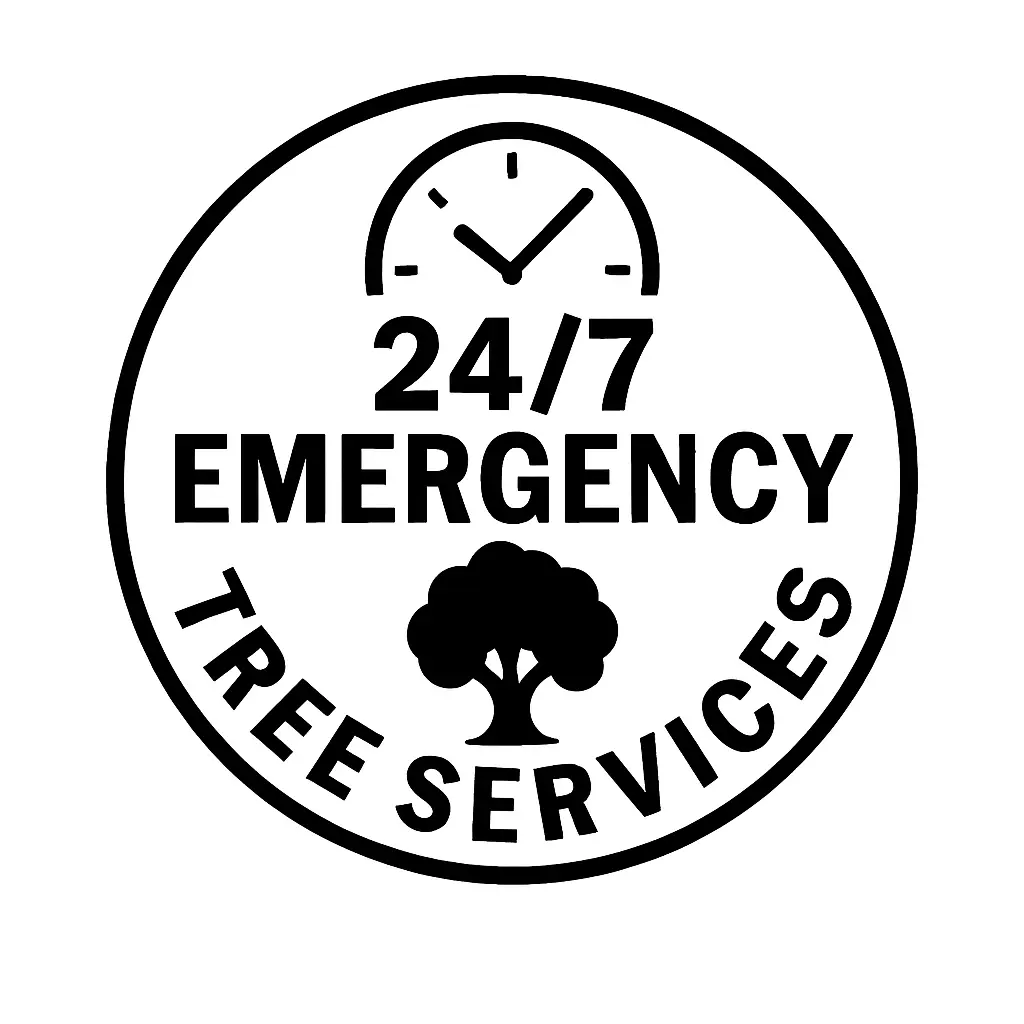The tree of heaven and sumac might seem similar at a distance, but a closer look reveals key differences. While striking, the tree of heaven has become an invasive menace in many areas. This post will help you identify these trees and understand why one is a far better choice for your landscape.
Identification: Know Your Trees
Here’s how to tell these two trees apart:
- Leaves: Tree of heaven leaves are large and feather-like (think of a giant fern frond). Each leaflet has smooth edges except for a few bumps near the base where it attaches to the main stem. Imagine a sumac leaf with tiny, sharp teeth along the edges of each leaflet – that’s what sets it apart.


- Bark: The tree of heaven has smooth, gray bark with a subtle pattern that some say resembles the skin of a cantaloupe. Sumac bark is rougher, ranging from gray to brown, and has a more textured look.


- Fruits/Clusters: The tree of heaven produces clusters of winged seeds (they look a bit like twisted paper helicopters) that change from green to brown. Sumac, on the other hand, has dense clusters of small, fuzzy red berries.


A Quick Comparison: Tree of Heaven vs Sumac
|
Feature |
Tree of Heaven |
Sumac |
|
Growth Rate |
Rapid growth, can reach towering heights quickly |
Moderate growth rate, gradually expands |
|
Appearance |
Large compound leaves, pinnately arranged |
Pinnately compound leaves, smaller leaflets |
|
Flowers |
Small, greenish-yellow flowers in clusters |
Dense clusters of small, greenish flowers |
|
Berries/Fruit |
Clusters of winged seeds |
Dense clusters of red berries |
|
Wildlife Attraction |
Limited, some birds may feed on seeds |
Highly attractive to birds and insects |
|
Culinary Use |
Not commonly used in culinary applications |
Berries used as a spice in various dishes |
|
Medicinal Uses |
Traditional use in Chinese medicine |
Limited documented medicinal uses |
|
Invasiveness |
Highly invasive, can outcompete native species |
Can spread aggressively but less invasive |
|
Fragrance |
Unpleasant odor from leaves and bark |
No significant odor |
Tree of Heaven
- Pros: Grows extremely fast for quick shade, tough and adaptable to various conditions.
- Cons: HIGHLY invasive, outcompetes native plants, can damage sidewalks and foundations, has an unpleasant odor.
Sumac
- Pros: Beautiful foliage (especially those fiery fall colors!), attracts birds and pollinators, varieties suitable for different sizes and uses.
- Cons: Some types can spread vigorously, might need occasional pruning to maintain desired shape.
Choosing Wisely: Sumac is nearly always a better ecological and landscaping choice than the tree of heaven, unless you have a large, isolated property and are committed to rigorous management.
The Invasive Issue: Tree of Heaven’s Impact
The tree of heaven doesn’t just crowd other plants; it actively harms the environment. It spreads uncontrollably, smothering native plants and disrupting whole ecosystems. This tree even produces chemicals that can suppress the growth of other plants around it. If you’re in an area like New York, the tree of heaven is a particularly serious problem.
Responsible Choices: Sumac & Alternatives
- Popular Sumacs: Staghorn sumac, with its velvety branches and fuzzy red fruit clusters, is a standout. Smooth sumac offers stunning fall color without the fuzzy texture. There are even smaller, shrub-like sumacs perfect for borders.
- Native Alternatives: If you need super-fast growth and shade, consider native trees like the tulip poplar or red maple. These offer similar benefits without the invasive risks of the tree of heaven.
What if I Already Have Tree of Heaven?
Removing an established tree of heaven is difficult; it resprouts aggressively if not done correctly. Here are some important things to keep in mind:
- Containment: Prevent it from spreading further by installing root barriers and removing seedlings.
- Seed Prevention: Remove flower and seed clusters before they mature.
- Professional Advice: For larger trees, consulting an arborist or reputable removal service is often the best course of action.
Conclusion
While both the tree of heaven and sumac can be visually appealing, sumac is often the far more responsible choice. By understanding the differences between these trees, you can help maintain a healthy and diverse landscape.





